First, let me start off by saying that this post is way overdue. I have had a lot of thoughts about the Paleo diet for a while now, but it can frustrate me so much that it's hard for me to sit down and get it all out in writing. There are several issues concerning the Paleo diet that irritate me, and I bet it's not what you're thinking.
In Part 1, I'll explain what the Paleo diet is and talk about some of the incorrect information that's floating around. 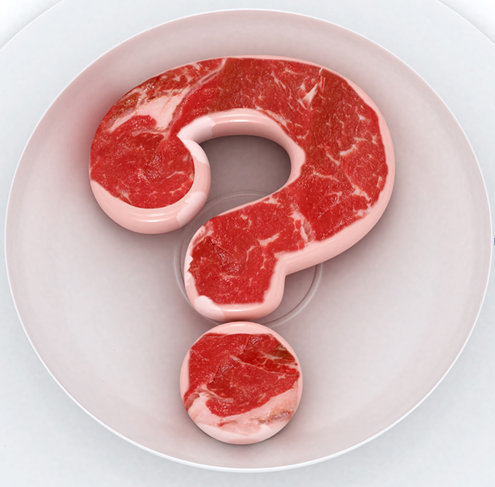
Note: I made a video to accompany this post as well since I think it's an important enough topic to address both here and on YouTube. If you're the type who would rather watch than read, scroll down to the bottom of this post for the video.
What is Paleo?
The Paleo diet is based on the premise that the healthiest way for us to eat is the way our ancestors ate thousands of years ago, before the advent of modern agriculture. This means no to processed foods, sugar, grains, legumes (aka beans), or dairy and yes to wild and pastured meats, vegetables, nuts, seeds, and fruits. This is all according to Robb Wolf, a leader in the Paleo community. I don't necessarily agree with everything he says, but I think he gives a good breakdown of Paleo from the perspective of the Paleo enthusiast.
Comments from the uneducated.
I am sick and tired of listening to and reading criticism from people who don't even know what the Paleo diet is! Maybe it's that fact that there are so many diets out there, nutrition and health professionals can't keep up with it. Or, maybe it's the fact that it's assumed that every dietitian is an expert on every nutrition topic or issue. Either way, there are tons of quotes out there from people who simply don't know what they're talking about. I read one just yesterday that said the Paleo diet included whole grains, which is just plain wrong!
The main criticism I see is that it's just too hard to follow and that this is reason enough to discount it. Difficulty is relative and should not be the sole reason to agree or not agree with a particular style of eating. A diet that doesn't include a McDonalds hamburger twice a day might be "too hard to follow" for some people out there, but that doesn't mean we shouldn't recommend that they break the habit.
Followers who don't understand it.
I see lots of people who are supposedly following the Paleo diet, but then their food choices show that they don't have all the details. For example, the meats eaten are supposed to be wild (like our ancestors would have had) or grass-fed. This is one point that many people seem to miss. Every time I see a picture of someone gorging on factory-farm, highly processed, nitrate laden bacon with #paleo in the caption, I cringe. Quality matters and you should choose meat that comes from properly raised animals and not from a CAFO (Concentrated Animal Feeding Operation). Also, have your bacon, but have it in a reasonable portion. The pig is only partly bacon, and our ancestors would have eaten all of the other parts as well.
[x_video type="16:9, 5:3, 5:4, 4:3, 3:2" m4v="" ogv="" poster="" hide_controls="" autoplay="" embed='' no_container="true"]
Stay tuned for Part 2 for my thoughts on the diet itself and whether or not it's something we should all consider.
What have you heard about the Paleo diet? Do you think it's explained well in the media? Share in the comments below!
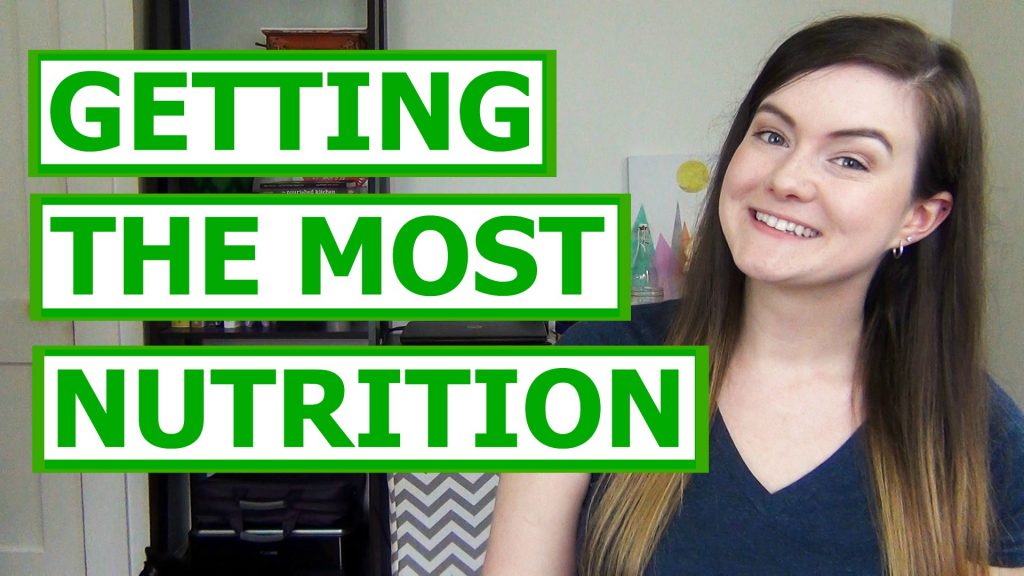 We all know how important it is to eat our vegetables, but not all veggies are created equal. So what can we do to make sure we're getting the most nutritious veggies possible? Hint: it has to do with where your food comes from and how it's grown. I'm sharing what you can do to get veggies that are full of nutrients and my friend Tom Mills is joining us to share some of his tips as well.[x_video_embed type="16:9"][/x_video_embed]
We all know how important it is to eat our vegetables, but not all veggies are created equal. So what can we do to make sure we're getting the most nutritious veggies possible? Hint: it has to do with where your food comes from and how it's grown. I'm sharing what you can do to get veggies that are full of nutrients and my friend Tom Mills is joining us to share some of his tips as well.[x_video_embed type="16:9"][/x_video_embed]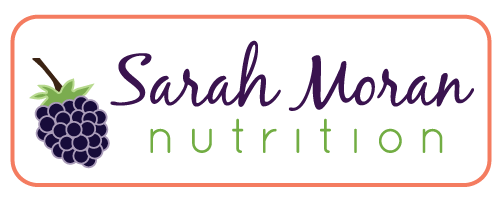



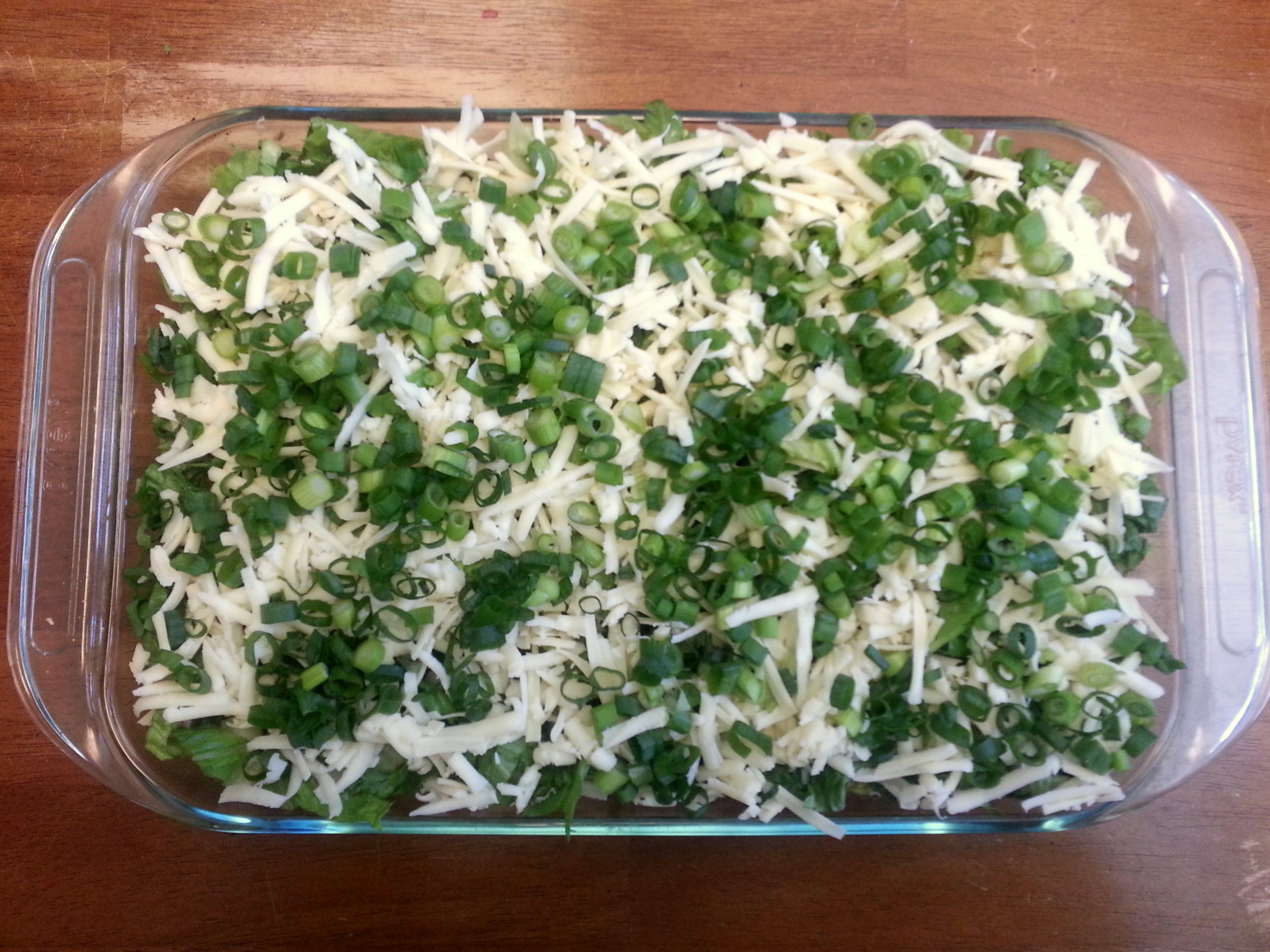
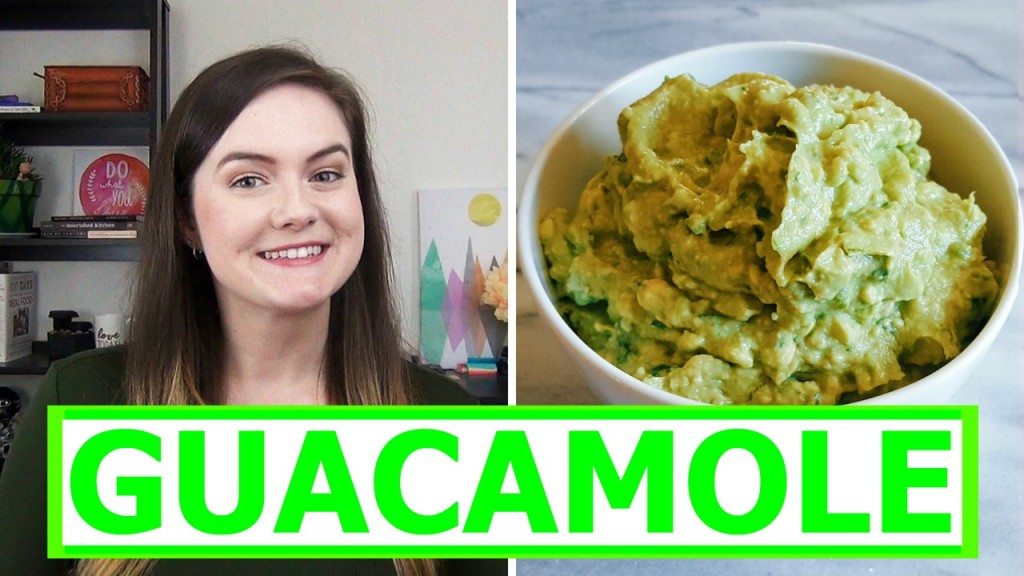


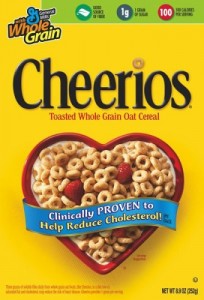







 It seems like there has been a lot of food in the headlines here recently. From mad cow disease in California to pizzas with a cheeseburger crust, the food industry has been showing itself (in more ways than one). One story that struck a nerve with me was
It seems like there has been a lot of food in the headlines here recently. From mad cow disease in California to pizzas with a cheeseburger crust, the food industry has been showing itself (in more ways than one). One story that struck a nerve with me was  Lemon-Herb Roasted Chicken
Lemon-Herb Roasted Chicken Because protein is so important to our health, there seems to be a lot of concern with getting enough. Well, I'm here to tell you that, if you have enough food to eat and you're getting the variety you should, this won't be a problem. Now, I'm not saying that getting adequate protein is not an issue for some people. Lots of people around the world are struggling with this right now because of lack of access to food or a lack of resources to purchase food. It is a real problem that I do not want to minimize. But, for those of us who have an adequate diet, getting enough protein is usually not a concern.
So how much protein do we need? Well, we're gonna have to do a little math. For the average, healthy adult, the standard is 0.8 grams of protein per kilogram body weight per day. For example, if someone weighs 150 lbs, you divide that by 2.2 to convert to kilograms. This comes out to 68.18 kg. Then, multiply this number by 0.8 to get 54.5 grams of protein per day. That's not a lot. What does that look like in real food? 4 oz lean meat has approximately 28 grams alone (and most meat-eaters eat a much larger portion). A cup of black beans has 15 grams and a cup of milk has 8g. Add in two slices of whole wheat bread (about 3 grams of protein each), and we're at 57 grams of protein total.
Because protein is so important to our health, there seems to be a lot of concern with getting enough. Well, I'm here to tell you that, if you have enough food to eat and you're getting the variety you should, this won't be a problem. Now, I'm not saying that getting adequate protein is not an issue for some people. Lots of people around the world are struggling with this right now because of lack of access to food or a lack of resources to purchase food. It is a real problem that I do not want to minimize. But, for those of us who have an adequate diet, getting enough protein is usually not a concern.
So how much protein do we need? Well, we're gonna have to do a little math. For the average, healthy adult, the standard is 0.8 grams of protein per kilogram body weight per day. For example, if someone weighs 150 lbs, you divide that by 2.2 to convert to kilograms. This comes out to 68.18 kg. Then, multiply this number by 0.8 to get 54.5 grams of protein per day. That's not a lot. What does that look like in real food? 4 oz lean meat has approximately 28 grams alone (and most meat-eaters eat a much larger portion). A cup of black beans has 15 grams and a cup of milk has 8g. Add in two slices of whole wheat bread (about 3 grams of protein each), and we're at 57 grams of protein total.